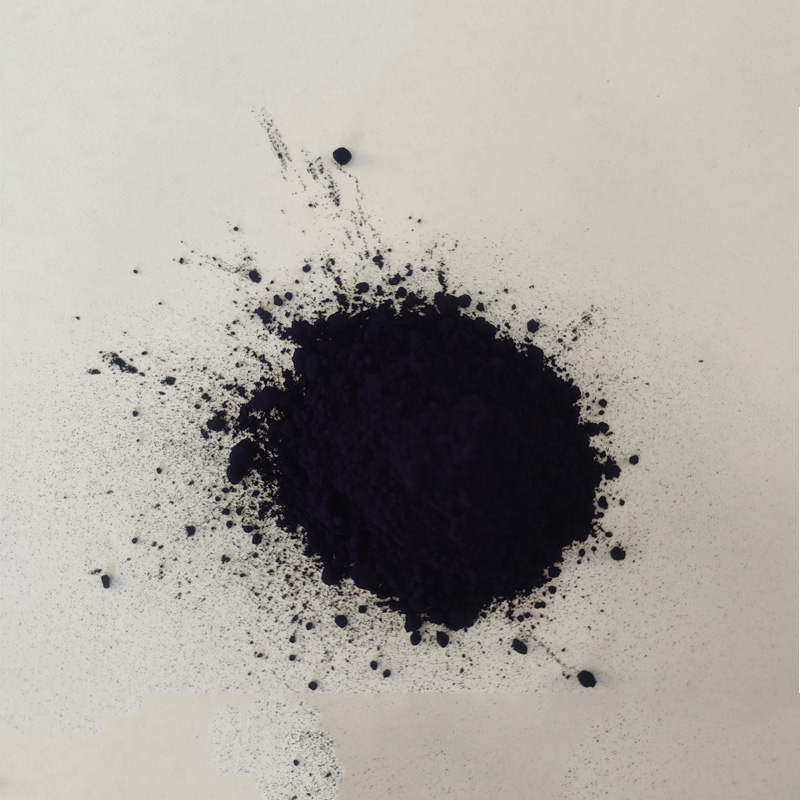natural indigo dyed fabric supplier
The Rich Tradition and Modern Applications of Natural Indigo Dyed Fabric
In a world increasingly awash with synthetic dyes, natural indigo dyed fabric stands out as a testament to the beauty of traditional craftsmanship and sustainable practices. Indigo, one of the oldest dyes known to humanity, has been revered for its deep blue hue and cultural significance across various civilizations. Today, natural indigo dyed fabrics are experiencing a renaissance thanks to a growing demand for eco-friendly and ethically sourced materials.
Historical Significance of Indigo
The use of indigo dates back over 6,000 years, with traces of indigo-dyed textiles found in ancient Egyptian tombs and excavations in India. Different cultures developed unique methods of dyeing with indigo, often incorporating intricate patterns and techniques. In Japan, for instance, the art of shibori—a resist dyeing technique—has made indigo-dyed fabrics synonymous with Japanese aesthetics. Similarly, in African cultures, indigo dyeing plays a crucial role in traditional textiles, often imbued with symbolic meanings.
The Indigo Dyeing Process
Natural indigo is derived from plants, the most common being Indigofera tinctoria. The dyeing process begins with the fermentation of indigo leaves, which creates a dye vat rich in indigo pigments. Unlike synthetic dyes, which tend to be more predictable and uniform, natural indigo offers a range of shades, often resulting in vibrant, layered colors when overdyed.
The dyeing process is labor-intensive and requires skill and patience. Fabrics are typically dipped several times to achieve the desired depth of color. Each dip gradually transforms the fabric it emerges from the vat green, then oxidizes to reveal its characteristic blue. This intricate process fosters a deep connection between the artisan and the material, imbuing each piece with a story that reflects its heritage.
Advantages of Natural Indigo Dyed Fabric
natural indigo dyed fabric supplier

Opting for natural indigo dyed fabric offers a myriad of benefits. For one, these textiles are free from the harmful chemicals often employed in synthetic dye processes, making them safer for both the environment and the consumer. Additionally, the use of organic materials aligns with a growing desire for sustainability in the fashion industry.
Natural indigo dyed fabrics are also characterized by their uniqueness. The slight variations in color and texture give each piece a distinctive charm, appealing to those who seek authenticity in their clothing and home textiles. While mass-produced textiles often lack personality, natural indigo fabrics celebrate individuality, making them coveted items in the realms of fashion and interior design.
Modern Applications and Market Demand
With the resurgence of interest in sustainable fashion, the demand for natural indigo dyed fabric is on the rise. Designers worldwide are increasingly incorporating indigo textiles into their collections, recognizing the potential for storytelling through the fabric’s rich history. From bohemian-style clothing to high-end designer runway pieces, the versatility of indigo is apparent.
Furthermore, consumers are becoming more conscious of their purchasing decisions, gravitating towards brands that prioritize ethical sourcing and sustainable practices. Many suppliers of natural indigo dyed fabrics collaborate with artisans, fostering economic growth in local communities while preserving traditional techniques.
Conclusion
As we navigate the challenges of the modern world, the revival of natural indigo dyed fabric serves as a powerful reminder of the importance of tradition, sustainability, and individuality. This vibrant and rich textile is not merely a fashion statement but a bridge connecting generations and cultures. By choosing natural indigo, consumers not only embrace beauty but also support artisan communities and contribute to a more sustainable future. Whether through fashion, home décor, or accessories, the journey of natural indigo dyed fabric is a celebration of life, culture, and the artisanal heritage that enriches our world.
-
The Timeless Art of Denim Indigo Dye
NewsJul.01,2025
-
The Rise of Sulfur Dyed Denim
NewsJul.01,2025
-
The Rich Revival of the Best Indigo Dye
NewsJul.01,2025
-
The Enduring Strength of Sulphur Black
NewsJul.01,2025
-
The Ancient Art of Chinese Indigo Dye
NewsJul.01,2025
-
Industry Power of Indigo
NewsJul.01,2025
-
Black Sulfur is Leading the Next Wave
NewsJul.01,2025

Sulphur Black
1.Name: sulphur black; Sulfur Black; Sulphur Black 1;
2.Structure formula:
3.Molecule formula: C6H4N2O5
4.CAS No.: 1326-82-5
5.HS code: 32041911
6.Product specification:Appearance:black phosphorus flakes; black liquid

Bromo Indigo; Vat Bromo-Indigo; C.I.Vat Blue 5
1.Name: Bromo indigo; Vat bromo-indigo; C.I.Vat blue 5;
2.Structure formula:
3.Molecule formula: C16H6Br4N2O2
4.CAS No.: 2475-31-2
5.HS code: 3204151000 6.Major usage and instruction: Be mainly used to dye cotton fabrics.

Indigo Blue Vat Blue
1.Name: indigo blue,vat blue 1,
2.Structure formula:
3.Molecule formula: C16H10N2O2
4.. CAS No.: 482-89-3
5.Molecule weight: 262.62
6.HS code: 3204151000
7.Major usage and instruction: Be mainly used to dye cotton fabrics.

